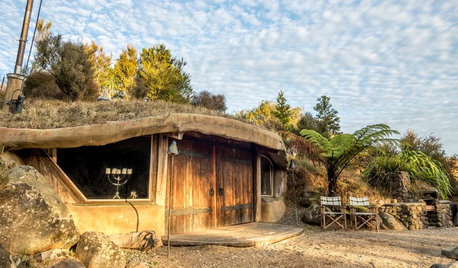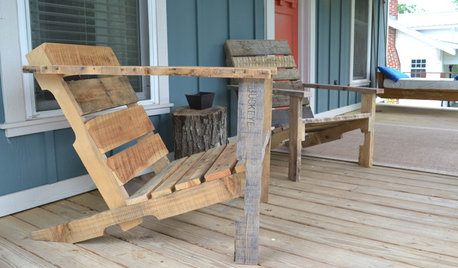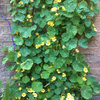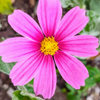It can be fun to breed your own zinnias - Part 21
zen_man
10 years ago
Related Stories

HOUZZ TVHouzz TV: This Dream Midcentury Home in a Forest Even Has Its Own Train
Original wood ceilings, a cool layout and, yes, a quarter-scale train persuaded these homeowners to take a chance on a run-down property
Full Story
DECORATING GUIDESThe '70s Are Back. Can Ya Dig It?
No need to cringe. These 21 groovy blasts from the past are updated to look fabulous today
Full Story
PETSWhat Chihuahuas Can Teach Us About Interior Design
Who knew these tiny dogs could be such a huge fount of design tips? Houzzers did
Full Story
FUN HOUZZWe Can Dream: Hobbit Houses to Rule Them All
Escape the real world and explore your Middle-earth fantasies
Full Story
GARDENING AND LANDSCAPINGHow to Get an Outdoor Kitchen of Your Own
New project for a new year: Build a cooking space for your yard or patio to make entertaining a breeze
Full Story
WOODWORKINGBuild Your Own Wooden Deck Chair From a Pallet — for $10!
Take the ecofriendly high road with a low-cost outdoor chair you make yourself
Full Story
PETS5 Finishes Pets and Kids Can’t Destroy — and 5 to Avoid
Save your sanity and your decorating budget by choosing materials and surfaces that can stand up to abuse
Full Story
GARDENING GUIDES10 Tips to Start a Garden — Can-Do Ideas for Beginners
Green up your landscape even if you're short on time, money and knowledge, with these manageable steps for first-time gardeners
Full Story
EDIBLE GARDENSHow to Grow Your Own Sweet Summer Crops
This guide will help any gardener get started on growing the freshest warm-season veggies and berries for summer
Full Story
FRANK LLOYD WRIGHTWhat Frank Lloyd Wright's Own House Tells Us
The buildings dreamed up here changed the course of architecture — and Wright's home was no less a design lab than the studio itself
Full Story





goclon
zen_manOriginal Author
Related Discussions
It can be fun to breed your own zinnias - Part 20
Q
It can be fun to breed your own zinnias - Part 38
Q
It can be fun to breed your own zinnias - Part 47
Q
It can be fun to breed your own zinnias - Part 57
Q
veggieswirl
veggieswirl
zen_manOriginal Author
veggieswirl
jackier_gardener
jackier_gardener
zen_manOriginal Author
goclon
zen_manOriginal Author
veggieswirl
veggieswirl
jackier_gardener
veggieswirl
veggieswirl
zen_manOriginal Author
veggieswirl
telescody
jackier_gardener
veggieswirl
zen_manOriginal Author
zen_manOriginal Author
veggieswirl
zen_manOriginal Author
veggieswirl
jackier_gardener
veggieswirl
zen_manOriginal Author
veggieswirl
veggieswirl
veggieswirl
zen_manOriginal Author
veggieswirl
zen_manOriginal Author
veggieswirl
jackier_gardener
zen_manOriginal Author
zen_manOriginal Author
goclon
veggieswirl
veggieswirl
zen_manOriginal Author
telescody
veggieswirl
telescody
SouthCountryGuy Zone 4b-5 SE BC
veggieswirl
SouthCountryGuy Zone 4b-5 SE BC
zen_manOriginal Author